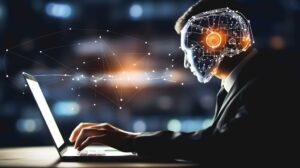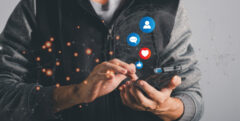Whether you're a graphic designer, photographer, communications officer, community manager or more generally involved in content production, 2024 is a pivotal year in the field of artificial intelligence (AI)-assisted creation. Even if AI is not yet as powerful as we had hoped, current solutions herald a veritable revolution. So which AI tools can help you overcome your lack of inspiration or carry out tedious tasks for you? Franck Denis, graphic designer and DTP expert, takes stock.
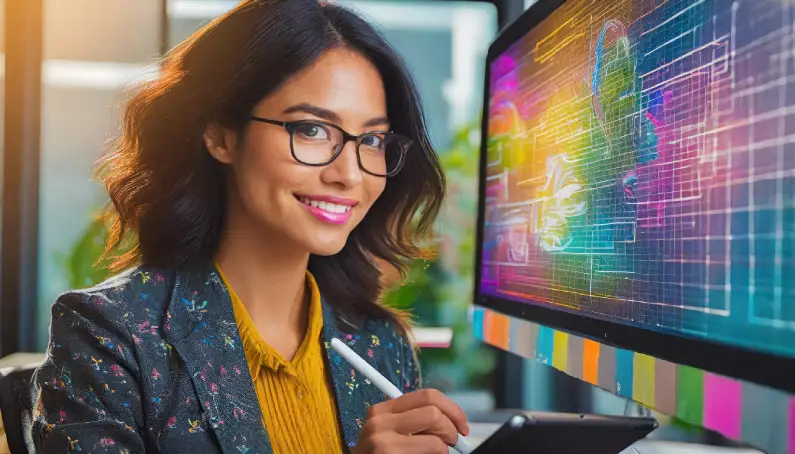
In the same way that IT has revolutionised practices in the graphics industry, AI is making a dramatic entrance into the creative world. Admittedly, the stage has not yet been reached where machines can create truly original digital works without human intervention. L'deep learning or deep learning draws its references from man-made image banks. This raises ethical (privacy, influence, surveillance, discrimination) and legal (copyright, fakes, etc.) issues. Nevertheless, AI marks a turning point that all graphic artists and designers will have to grasp if they are to make the most of it.
2024 is the year of creative possibilities.
With AI, it's all about the art of prompt
ChatGPT proved thatGenerative AI is a powerful force when it comes to editorial content. There's no doubt that the same will be true of graphic design in the near future.
[ Read also ]
Despite the promising results already achieved, such as the Space opera theatre by Jason Allen using MidjourneyHowever, many of the images you obtain may be disappointing or require your intervention to modify or retouch them.
To limit your intervention, you need to master the prompt. In other words, you need to learn how to describe in the most comprehensible way possible to the machine what the work should contain and in what style it should be executed. For example: a photomontage, a 2D or 3D illustration.
Be patient, because you will probably have to repeat your prompts a number of times before you get a result that matches your expectations. The quid pro quo? AI is capable of inspiring you with ideas that you would never have had or that you would never have been able to put into practice without its help.
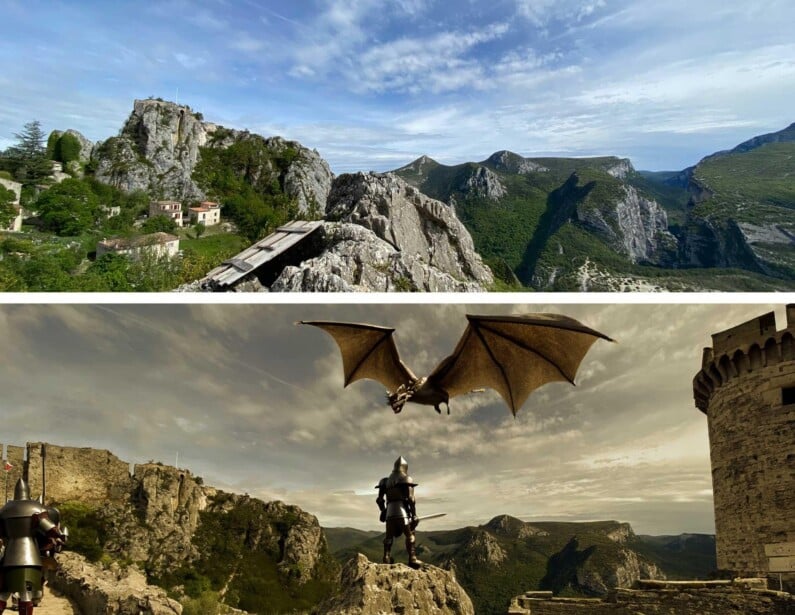
Creating a visual identity using AI
If you can't afford to hire a graphic designer for your visual identity, you can opt for Looka or Shopify. These two solutions will enable you to create a logo quite simply.
Based on indications given to the AI, such as the name of the company, its field of activity and the graphic style(s) you are looking for, Looka generates logo proposals that it integrates into mockups to simulate the result on different media.
No doubt to meet the needs of certain customers, Shopify offers a free Hatchful application. The graphic results produced offer a greater variety of choices.
Generate publications using AI
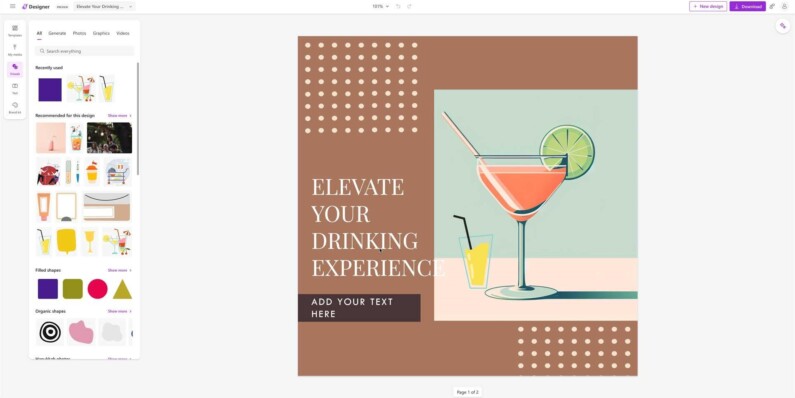
Direct competitor of the solution Canva Pro or Adobe Expressthe online application MS Designer produces page layouts based on themes generated using DALL-Ethe artificial intelligence created by OpenAI. Its interface is simple and intuitive. You get pre-edits that you can rework fairly easily.
Image generators that promise to revolutionise the creative process
Finding a visual that corresponds exactly to what you're looking for, especially when it's a concept, is time-consuming. Sometimes it's even impossible without devoting a substantial budget to having it done by professionals.
For example: you want to deal with the subject of domestic robots. You want the illustration to show a sort of Wall-e in a kitchen washing up. It's not easy to find a copyright-free work that perfectly illustrates your subject. That's where AI opens up an infinite range of possibilities.

Image enhancement using algorithms
For those of you who sometimes need to recover low-resolution images or images in which the subject is a little blurred, there are so-called Upscalers or Sharpeners. These are algorithms capable of increasing the quality and sharpness of an image. Among the many tools on the market, Topaz Photo AI is one of the most powerful and undoubtedly one of the most widely used on the other side of the Atlantic.
Restoration and colourisation of old images
Less frequently used, but still very interesting, VanceAI offers an online application that restores and colours the scanned prints you upload. The only downside is that the maximum resolution is 1200 x 1200 pixels.
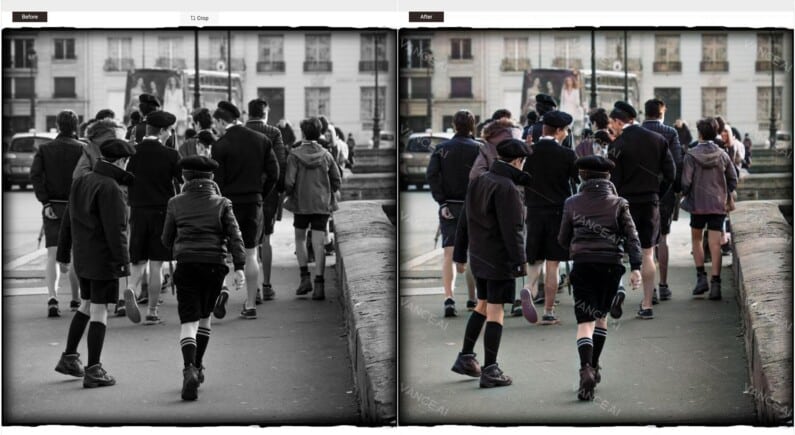
Video is also entering a new era
Although it requires greater computing and storage resources, video post-production is already seeing the emergence of solutions, some of which are producing impressive results.
Among the market players, Topaz Lab offers Topaz Video AI which enlarges and improves the quality of videos quite spectacularly, provided they have been taken with professional or semi-professional sensors. There are two types of generative AI. Those that create presentation videos from texts that you submit to them. This is the case, for example, with Fliki and HeyGenwhich can add voices in eight languages.
Others, such as Gen-2 from Runway or Pikawhich generate videos lasting a few seconds in a more graphic way.
Note that the calculation time is much longer than for the photo, for a result that will not exceed 8 seconds and with a fairly low resolution.
Franck Denis' user experience
As a subscriber to Adobe's Creative Cloud, I most often use Firefly which is directly integrated into Photoshop. I use it mainly for retouching and photomontage, but occasionally I generate illustrations to present graphic ideas. In both cases, the time saved is considerable and affordable for my clients.
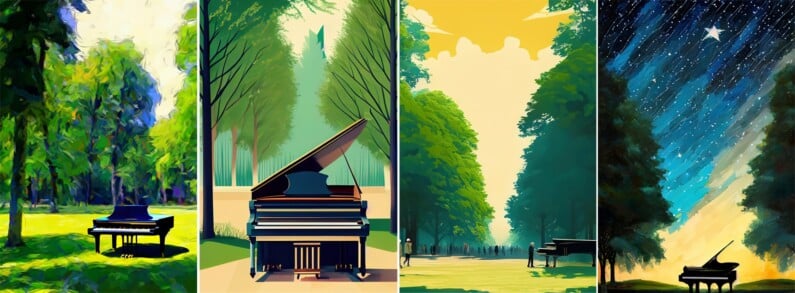
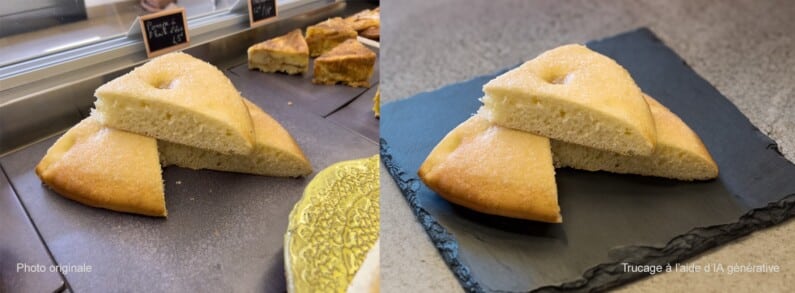
A good resolution for 2024: put a little AI into your creative life!
There is no doubt that artificial intelligence will play an increasingly important role in the creative process. To ignore it today is to run the risk of being totally out of date tomorrow. Even if the works it produces are and will remain largely perfectible, AI will become a creative assistant that we will certainly have to learn to direct, but which already offers a production capacity unattainable by humans.


